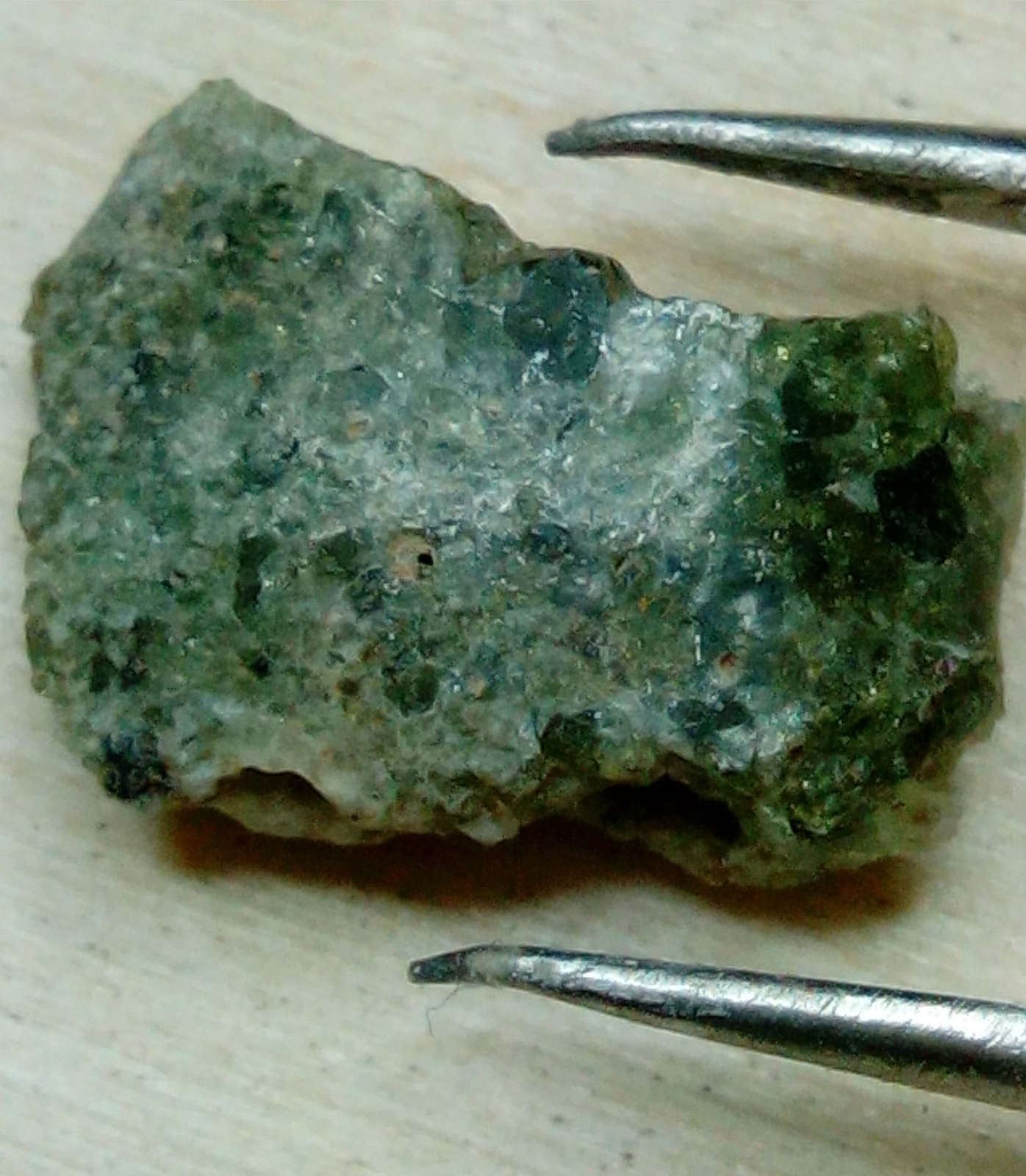On the dawn of Monday, July 16, 1945, at precisely 5:29:45 AM local time, humanity stepped into a new era, the Nuclear Age. This was demonstrated powerfully by the activation of a plutonium bomb, known as the 'Gadget,' a tangible manifestation of Einstein's renowned equation, \(E=mc^2\) or in its original form, \(m = L/V^2\), where L represents mass and V is the speed of light).
This explosive, with an energy yield equivalent to 21,000 tons of TNT (21 kilotons), was set off at the Alamogordo Bombing Range, situated 210 miles south of Los Alamos, New Mexico. It was a pivotal moment that forever changed our world as if releasing an omnipresent, unsettling genie from its bottle.
One intriguing outcome of this nuclear detonation was the creation of a unique, green glass-like substance. This was the result of the intense heat melting the surrounding desert sand. In homage to the codename 'Trinity,' which was selected by Robert Oppenheimer for this nuclear test.
Trinitite, named after the 'Trinity' nuclear test, is a mildly radioactive, green glassy substance formed when the extreme heat from the blast melted the arkosic sand at the site. It consists primarily of quartz, the only mineral from the original sand composition that survived the intense heat. However, trinitite is not uniform; it varies in color, composition, and properties, giving rise to different types.
- Green Trinitite: The most common type of trinitite is green in color. This is due to the presence of iron impurities within the glass. It forms the main body of the trinitite layer and can vary in shade from light to dark green.
- Black Trinitite: This variant contains remnants of the nuclear device used in the Trinity test. It is characterized by small metallic inclusions and is darker due to a higher concentration of radioactive materials such as plutonium and uranium.
- Red Trinitite: Red trinitite is a rare type, distinguished by its reddish hue. The red color is believed to result from the presence of copper in the wiring used in the 'Gadget,' the bomb that was detonated at the Trinity site.
- Clear Trinitite: This type is almost colorless and transparent, believed to be formed from pure quartz sand, devoid of impurities. It is less common than the green variant.
However, in the aftermath of the explosion, most of the trinitite was removed from the site, altering the landscape from its immediate post-blast state. Even after sixty-five years post-detonation, the trinitite glasses retain a slight level of radioactivity.
The radioactive nuclides present in the trinitite can be traced back to three distinct sources.
Firstly, remnants of plutonium and uranium from the original bomb are detectable.
Secondly, fission fragments that were produced during the nuclear fission process are present. Today, the only discernible fission fragments are Strontium-90 (Sr-90) and Cesium-137 (Cs-137).
Lastly, activation products were formed due to the interactions between the neutrons released during the explosion and various other nuclides. This complex mix of origins contributes to the enduring radioactivity of trinitite.
The extremely high temperatures and intense radiation produced by a nuclear explosion are required to create this unique glass-like substance. Given these conditions, it's not possible for trinitite to be produced naturally on Earth under normal circumstances. Hence, trinitite could be really rare to produce.
P/S: This entry is made to cheer up the upcoming film, Oppenheimer dir. by Christopher Nolan.
Reference:
[1] Eby, N., Hermes, R., Charnley, N., & Smoliga, J. A. (2010). Trinitite—The atomic rock. Geology Today, 26(5), 180-185. https://doi.org/10.1111/j.1365-2451.2010.00767.x


Tiada ulasan:
Catat Ulasan